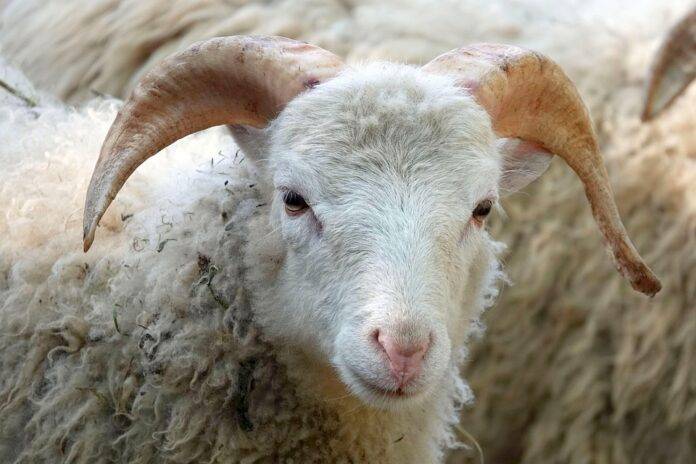Introduction
The global sheep production industry plays a significant role in agricultural economies worldwide. With the increasing demand for sheep meat (lamb and mutton) and wool, investment in sheep farming has become a critical focus for many countries. This report highlights the top 10 countries driving investments in sheep production, analyzing their financials, production volumes, and market trends.
1. China
China is the world’s largest producer of sheep, accounting for approximately 25% of global sheep meat production. In 2022, China produced around 4.3 million metric tons of sheep meat. The country has been investing heavily in improving breeding programs and farm management practices. The government has allocated approximately $1 billion towards the development of sheep farming infrastructure and technology. Investment in biotechnology and feed efficiency has also been on the rise, further enhancing productivity.
2. Australia
Australia is renowned for its high-quality wool and lamb production. In 2022, Australia produced approximately 650,000 metric tons of lamb and mutton. The Australian sheep industry generates about $4 billion annually. The government, along with private investors, has been focusing on sustainable farming practices and animal welfare. Investments of around $150 million have been made in research and development to improve wool quality and sheep health. Furthermore, Australia exports a significant portion of its sheep products, with exports valued at $1.5 billion in 2022.
3. New Zealand
New Zealand is famous for its grass-fed lamb, which is highly sought after globally. The country produced approximately 400,000 metric tons of sheep meat in 2022, with a focus on sustainable farming practices. The New Zealand sheep industry contributes around $2.5 billion to the economy. Investment in precision agriculture and genetics has been a priority, with around $100 million directed towards technological advancements. Additionally, New Zealand’s sheep meat exports reached $1.2 billion, underscoring its significance in the global market.
4. United Kingdom
The UK is a major player in the sheep industry, producing about 300,000 metric tons of lamb and mutton annually. The sheep farming sector contributes approximately £1 billion (around $1.3 billion) to the UK economy. Investments in modernizing farms and enhancing biosecurity measures have been significant, with funding of around £50 million ($65 million) from the government. The UK is also a key exporter of sheep products, with exports valued at £300 million ($390 million) in 2022.
5. Turkey
Turkey has a rapidly growing sheep production sector, with an annual output of approximately 1.2 million metric tons of sheep meat. The Turkish government has invested heavily in the livestock sector, allocating around $600 million towards sheep farming initiatives. Traditional breeds are being crossbred with more productive strains to improve meat and wool quality. Turkey’s sheep meat exports have also increased, reaching $200 million in 2022.
6. Iran
Iran is known for its rich sheep herding traditions and produces about 850,000 metric tons of sheep meat yearly. The Iranian government has been investing in sheep farming, with approximately $400 million directed towards improving livestock health and productivity. The aim is to increase self-sufficiency in meat production, reducing reliance on imports. Iran’s sheep meat exports were valued at around $150 million in 2022.
7. Spain
Spain is a key player in the European sheep industry, producing around 250,000 metric tons of sheep meat annually. The Spanish government has provided funding of approximately €80 million (around $95 million) for sheep farming initiatives, particularly focused on enhancing the quality of lamb production. Spain is also known for its high-quality lamb, which is a staple in Mediterranean diets. The country’s sheep meat exports amounted to €150 million ($180 million) in 2022.
8. Greece
Greece has a long history of sheep farming, producing about 150,000 metric tons of sheep meat per year. The Greek sheep industry contributes significantly to rural economies, with investments of around €50 million ($60 million) aimed at improving farm management practices. The country is also known for its high-quality feta cheese, which is made from sheep’s milk. Greece’s sheep meat exports reached approximately €100 million ($120 million) in 2022.
9. Argentina
Argentina has a robust sheep farming sector, producing approximately 300,000 metric tons of sheep meat annually. The Argentine government has allocated around $200 million to improve sheep breeding programs and farm infrastructure. The country’s sheep meat, particularly Patagonian lamb, is gaining popularity in international markets. Argentina’s sheep meat exports were valued at $150 million in 2022.
10. South Africa
South Africa is emerging as a significant player in sheep production, with an annual output of approximately 100,000 metric tons of sheep meat. The South African government has invested around $50 million in initiatives to enhance sheep farming practices and improve meat quality. The country is also focusing on expanding its export markets, with sheep meat exports valued at approximately $40 million in 2022.
Conclusion
The global sheep production industry is witnessing significant investments across various countries, driven by the increasing demand for sheep meat and wool. Countries such as China, Australia, and New Zealand are leading the way in terms of production volumes and financial contributions to their economies. As the market continues to evolve, it will be crucial for these nations to adopt sustainable practices and invest in technology to enhance productivity and meet global demand.
[Read More: Global Sheep Industry Report 2025: Market Trends & Forecasts]




